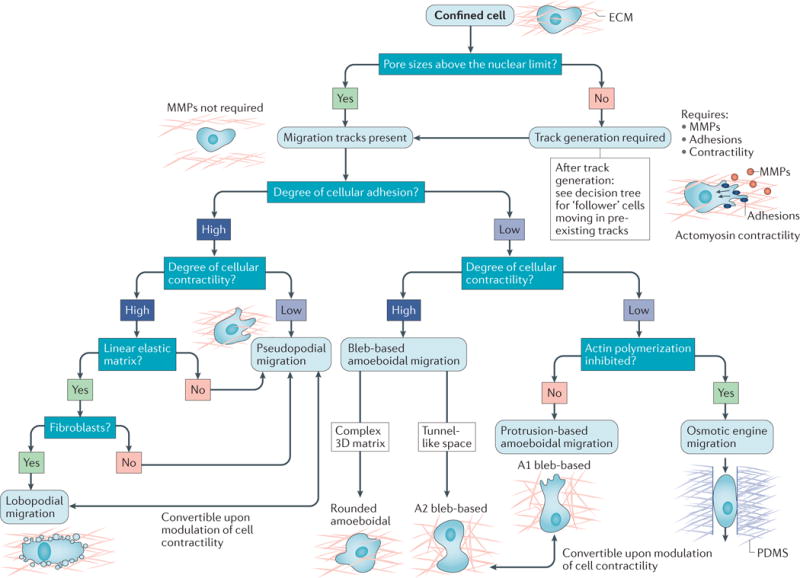Figure 2. Determinants of cell migration in confinement.

A number of intrinsic and extrinsic cues influence the migration mode used by confined cells. The expected modes of migration for a set of environmental and intrinsic factors are depicted as a decision tree. Tumour cells migrating through porous matrices with small pore sizes (less than ~7 μm2 in area, which we term the nuclear limit) migrate proteolytically through the secretion of matrix metalloproteinases (MMPs), which create microtracks for migration. Follower cells moving through these tracks and cells moving through microenvironments with pre-existing migration tracks use diverse migration mechanisms that depend on the levels of adhesion and cell contractility, and are thus dependent on both the cell and the microenvironment. When cell adhesions to the substrate are present, tumour cells migrate using a pseudopodial-based mechanism that is dependent on protrusions. Under conditions of high contractility and in linearly elastic matrices, fibroblasts can also move using a lobopodial migration mode. When cellular adhesion to the substrate is low or absent, tumour cells primarily migrate using a bleb-based mode of amoeboidal migration (rounded amoeboidal migration or A2 bleb-based migration) that is dependent on high cortical contractility. When contractility is inhibited, tumour cells may use a protrusion-based amoeboidal migration mode (A1 bleb-based migration) that is dependent on actin polymerization at the leading edge. In the absence of actin polymerization, cell movement is achievable through front-to-rear flow of water through the cell (which is termed osmotic engine migration). ECM, extracellular matrix; PDMS, polydimethylsiloxane.
